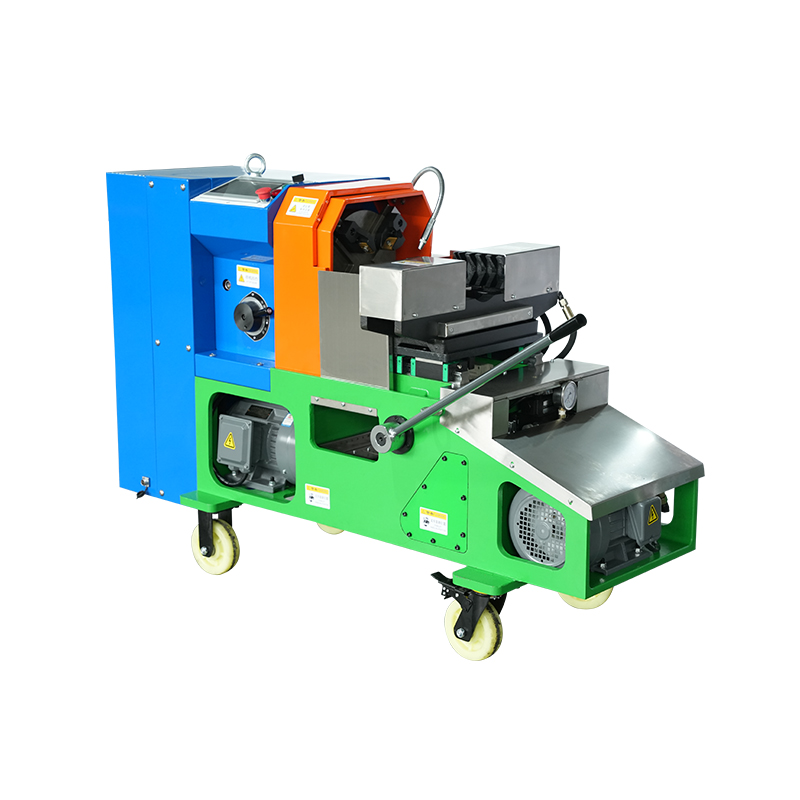Intelligent Threading Machine
1. Automatically identify the pipe diameter 2. Automatic tool adjustment and setting 3. Thread diameters from 15mm to 100mm 4. Threading time as lo...
See DetailsIn the evolving landscape of precision manufacturing, the intelligent threading machine stands as a marvel of innovation. Engineered for accuracy, consistency, and efficiency, this equipment represents the pinnacle of automated threading processes. Yet, even the most advanced machinery is only as reliable as the quality control mechanisms that govern its performance. In this context, quality control isn't a mere auxiliary function — it is the operational backbone of the intelligent threading machine.
Precision Demands Vigilance
Threading, by nature, demands precision. A minor deviation — a fraction of a millimeter — can render a component defective, compromising structural integrity or operational performance. Intelligent threading machines, while equipped with self-calibrating features and automated error detection, still require rigorous quality oversight. Why? Because automation magnifies errors as easily as it eliminates them.
Real-Time Monitoring: The Nerve Center
Modern intelligent threading machines are designed with integrated sensors that continuously monitor variables such as thread depth, pitch, alignment, and torque resistance. But without a robust quality control protocol to interpret and act on this data, anomalies go unchecked. Real-time monitoring bridges the gap between machine intelligence and human accountability. Quality control specialists use these insights to recalibrate processes, avert costly defects, and ensure that production remains within strict tolerances.

Preventing Downtime Through Predictive Accuracy
Quality control also serves a predictive function. By analyzing historical performance data and identifying wear patterns or inconsistencies, it preempts system failures. Maintenance becomes proactive rather than reactive. This predictive accuracy translates into minimized downtime, extended machine lifespan, and uninterrupted workflow — all critical metrics in high-output manufacturing environments.
Upholding Compliance and Traceability
In industries governed by stringent regulatory standards — aerospace, automotive, and medical manufacturing, to name a few — traceability is non-negotiable. Quality control ensures that every threaded component can be traced back to its production parameters, operator settings, and material lot. This comprehensive documentation is not just a safeguard; it's a requirement that affirms credibility and builds client trust.
Enhancing Continuous Improvement
Quality control is not static. It’s a dynamic system that informs iterative improvement. Feedback loops established through controlled testing and analysis highlight inefficiencies or areas for enhancement. These insights feed directly into software updates, tool modifications, or process redesigns — ensuring that the intelligent threading machine evolves alongside the demands of its application.
A Symbiosis of Intelligence and Oversight
The term “intelligent” in intelligent threading machine implies autonomy, but autonomy is not infallibility. Quality control functions as the conscience of the machine — a system of checks, balances, and refinement. It ensures that the promise of intelligent automation is not undermined by the perils of unchecked operation.
Quality control is not a peripheral component of intelligent threading operations; it is the central axis upon which precision, reliability, and excellence rotate. Without it, even the most sophisticated machine becomes a liability. With it, the threading process becomes not just automated — but infallibly precise.